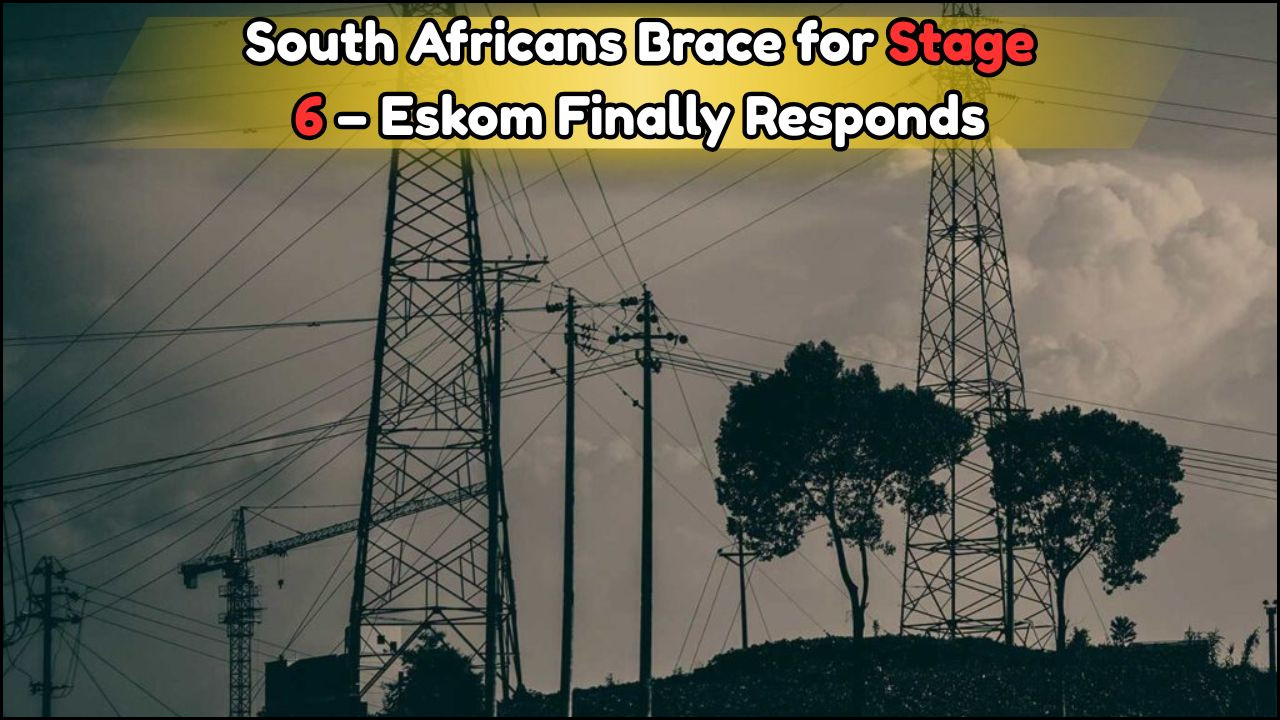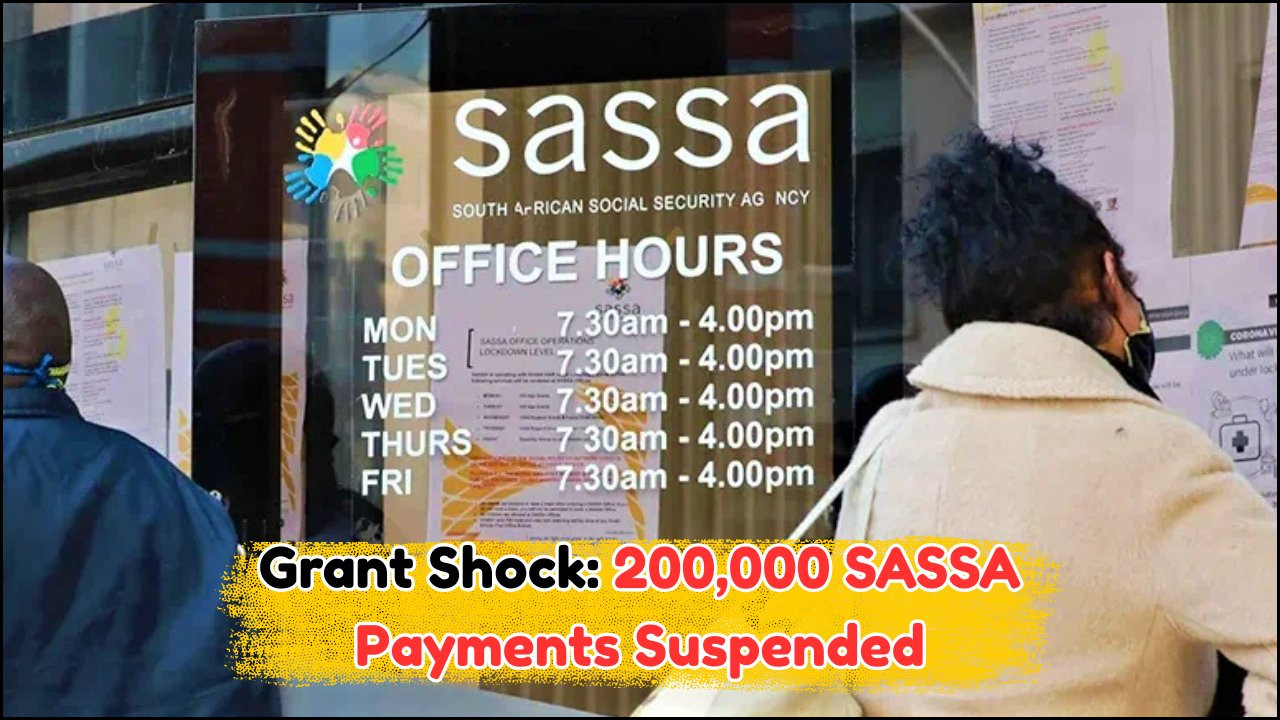Eskom Stage 6 Load Shedding Update: Today, South Africa’s power utility giant, Eskom, has opened up about the swirling speculations regarding Stage 6 load shedding. With many South Africans anxious about potential power cuts, Eskom’s official update aims to clarify the situation and dispel any rumors. As the nation grapples with the challenges of energy supply, Eskom’s transparency on the matter is vital to maintain public trust and ensure that citizens are well-informed about any developments. This update not only addresses current concerns but also sets the stage for understanding Eskom’s future strategies in managing the electricity grid effectively.
Understanding Eskom’s Load Shedding Stages
Eskom’s load shedding is a critical tool employed to manage electricity supply and demand within South Africa. Each stage represents a different level of power reduction, with Stage 6 being one of the more severe levels. At this stage, consumers may experience up to six hours of power outages spread throughout the day. Understanding these stages is crucial for both businesses and households, as it allows them to plan and mitigate the impact of power outages. Eskom has a detailed schedule that is openly shared with the public to ensure everyone can prepare for the interruptions in advance.
- Stage 1: Minimal interruptions, typically a single outage lasting about two hours.
- Stage 2: Slightly more frequent outages, still manageable with proper planning.
- Stage 3: Increased load shedding frequency, affecting larger areas.
- Stage 4: Significant outages, impacting daily life and business operations.
- Stage 5 and above: Severe impacts on both the economy and daily routines, requiring strategic management.
Reasons Behind Stage 6 Load Shedding
Several factors contribute to the implementation of Stage 6 load shedding. Eskom cites issues such as aging infrastructure, plant breakdowns, and fuel shortages as primary reasons for these stringent measures. The power utility is continuously working to maintain and upgrade its facilities, but challenges persist due to financial constraints and operational inefficiencies. Additionally, unexpected technical failures or external factors like adverse weather conditions can exacerbate the situation, leading to higher load shedding stages. Eskom’s commitment to addressing these issues involves a combination of short-term fixes and long-term strategic planning.
| Stage | Duration | Frequency | Impact |
|---|---|---|---|
| 1 | 2 hours | Once a day | Minimal |
| 2 | 4 hours | Twice a day | Manageable |
| 3 | 6 hours | Thrice a day | Significant |
| 4 | 8 hours | Four times a day | Disruptive |
| 5 | 10 hours | Five times a day | Severe |
| 6 | 12 hours | Six times a day | Critical |
Impact on South African Economy
Stage 6 load shedding has profound implications for South Africa’s economy. Frequent and prolonged power cuts can disrupt industrial production, hamper small businesses, and negatively impact the overall economic growth. Sectors such as manufacturing and mining, which are heavily reliant on consistent electricity supply, face significant challenges during these periods. The ripple effect can lead to job losses, reduced investor confidence, and a slowdown in economic activities. Eskom’s role in stabilizing the power supply is therefore crucial not only for the day-to-day functioning of the country but also for its long-term economic stability.
- Reduced output in key economic sectors.
- Increased operational costs for businesses relying on backup power.
- Potential job losses in industries affected by frequent outages.
- Decreased foreign investment due to perceived instability in power supply.
- Increased pressure on government to invest in alternative energy sources.
Eskom’s Strategic Plan Moving Forward
To combat the challenges posed by high-level load shedding, Eskom has laid out a comprehensive strategy aimed at improving the reliability of the power supply. This includes significant investments in infrastructure upgrades, increased use of renewable energy sources, and improved efficiency in power plant operations. Additionally, Eskom is focusing on partnerships with private stakeholders to diversify energy supply and reduce dependency on coal-fired plants. These strategic moves are intended to not only stabilize the current situation but also ensure a sustainable and reliable energy future for South Africa.
- Investments in renewable energy projects.
- Upgrades to existing infrastructure and technology.
- Collaborations with private and international partners.
How to Prepare for Load Shedding
Being prepared for load shedding is crucial for mitigating its impact on daily life. South Africans can adopt various strategies to cope with power outages effectively. Investing in alternative power sources such as solar panels or generators is an increasingly popular option. Additionally, keeping devices charged, having backup lighting, and planning daily activities around load shedding schedules can help manage the inconvenience. Community support networks can also play a vital role in assisting vulnerable members during extended outages.
- Invest in alternative power solutions.
- Keep essential devices charged and ready.
- Plan activities around the load shedding schedule.
- Engage with community support initiatives.
Recent Developments in Eskom Policy
Recently, Eskom has introduced several policy changes aimed at improving operational efficiency and transparency. These include enhanced communication strategies with the public, increased funding for maintenance projects, and the adoption of advanced technologies for grid management. Such initiatives are part of Eskom’s broader effort to rebuild trust with the South African public and ensure a more reliable power supply. The ongoing policy updates are critical for aligning Eskom’s operations with international best practices and securing a stable energy future.
 SASSA Announces Crucial Updates: July–August Grant Payment Dates and Eligibility Criteria Revealed!
SASSA Announces Crucial Updates: July–August Grant Payment Dates and Eligibility Criteria Revealed!
- Improved public communication strategies.
- Increased funding for infrastructure maintenance.
- Adoption of advanced grid management technologies.
FAQ Section
What is Stage 6 load shedding?
Stage 6 load shedding involves power outages up to six times a day, lasting about 12 hours in total.
Why does Eskom implement load shedding?
Load shedding is used to balance electricity supply and demand and prevent the grid from collapsing.
How can I prepare for load shedding?
Investing in alternative power solutions, keeping devices charged, and planning around schedules are effective strategies.
What is Eskom doing to improve the situation?
Eskom is investing in infrastructure upgrades, renewable energy, and efficiency improvements to stabilize the power supply.






